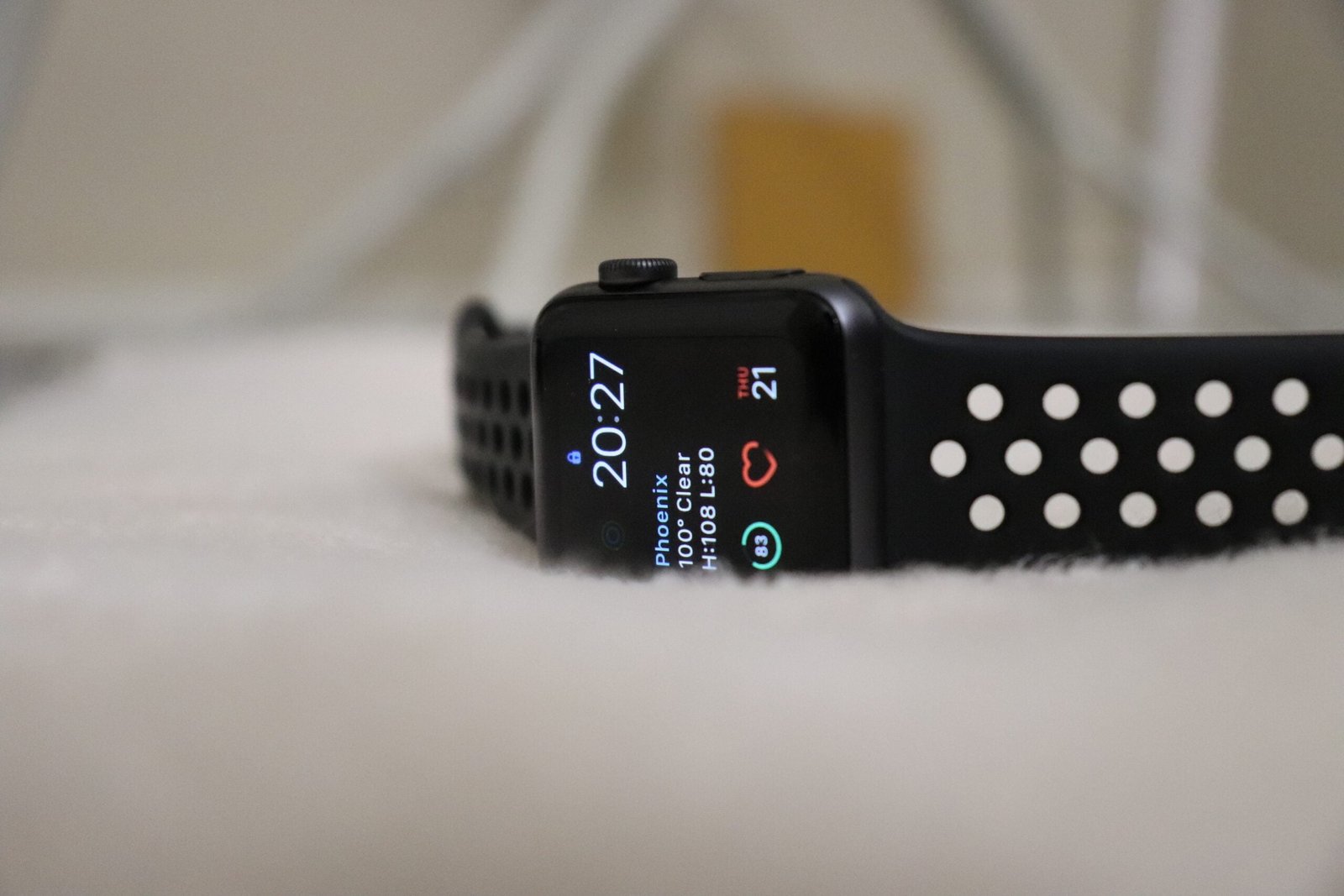In the realm of health and wellness, there exists a practice that has gained significant traction in recent years, challenging the limits of human endurance and promising a multitude of benefits—cold plunges. Emerging from the icy depths of ancient traditions, cold plunges, also known as cold water immersion or cryotherapy, involve submerging the body in cold water, typically ranging from 50 to 59 degrees Fahrenheit. While the idea of immersing oneself in frigid water may seem daunting, the practice is gaining popularity due to its purported benefits for both physical and mental well-being.
In Short
- What are the benefits of cold plunges?
- How do cold plunges work?
- Are cold plunges safe?
- How often should you take cold plunges?
- What are the risks of cold plunges?
- How to take a cold plunge:
- What to wear for a cold plunge:
- Where to take a cold plunge:
- When to take a cold plunge:
- How long should a cold plunge last?
- What to do after a cold plunge:
- Cold plunge tips for beginners:
- Cold plunge benefits for athletes:
- Cold plunge benefits for weight loss:
- Cold plunge benefits for mental health:
- Cold plunge benefits for sleep:
- Cold plunge benefits circulation:
- Cold plunge benefits for inflammation:
- Cold plunge benefits for pain relief:
What are the benefits of cold plunges?
Cold plunges are touted for their wide-ranging benefits, encompassing physical, mental, and emotional aspects. Some of the potential benefits of cold plunges include:
- Reduced muscle soreness and inflammation: Cold water immersion has been shown to reduce inflammation and muscle soreness, particularly after exercise, leading to faster recovery times.
- Improved circulation: Exposure to cold water triggers the constriction and dilation of blood vessels, enhancing blood flow throughout the body.
- Enhanced mood and mental clarity: Cold plunges are believed to stimulate the release of endorphins, the body’s natural painkillers, and mood elevators, leading to improved mood and reduced stress levels.
- Boosted immune system: Some studies suggest that cold plunges may help stimulate the immune system and increase white blood cell production.
- Weight management: Cold water immersion may increase metabolism and promote fat burning, potentially aiding in weight management efforts.
How do cold plunges work?
When the body is immersed in cold water, it triggers a series of physiological responses to maintain its core temperature. These responses include:
- Initial shock response: The initial plunge into cold water triggers a rapid increase in heart rate and blood pressure to deliver warm blood to vital organs.
- Vasoconstriction: Blood vessels constrict to minimize heat loss, directing blood flow to the body’s core.
- Shivering: Involuntary muscle contractions, known as shivering, generate heat to maintain body temperature.
- Hormonal changes: Cold water immersion stimulates the release of hormones, including endorphins, adrenaline, and norepinephrine, which play a role in pain relief, stress reduction, and mood elevation.
Are cold plunges safe?
Cold plunges are generally safe for healthy adults. However, it is crucial to consult with a healthcare professional before starting cold plunges, especially if you have any underlying health conditions, such as heart disease, cardiovascular issues, or respiratory problems.
How often should you take cold plunges?
The frequency of cold plunges depends on individual tolerance and preferences. Some practitioners recommend starting with two to three times per week and gradually increasing the frequency as the body adapts.
What are the risks of cold plunges?
Potential risks associated with cold plunges include:
- Cold shock response: The sudden immersion in cold water can trigger a rapid increase in heart rate and blood pressure, which may be risky for individuals with heart conditions.
- Hyperventilation: Rapid breathing can occur in response to the initial shock, potentially leading to hyperventilation.
- Hypothermia: Prolonged exposure to cold water can lead to hypothermia, a condition characterized by a dangerously low body temperature.
- Injury: Careless entry or exit into cold water can lead to injuries.
How to take a cold plunge:
- Start slowly: Begin with short durations, such as 30 to 60 seconds, and gradually increase the time as the body adapts.
- Warm up beforehand: Engage in light physical activity, such as walking or jogging, to warm up the body before immersion.
- Choose the right environment: Select a safe and supervised environment, such as a pool or cold shower, and avoid open bodies of water with unknown depths or currents.
- Enter gradually: Slowly lower yourself into the cold water, allowing the body to acclimate.
- Listen to your body: Pay attention to any signs of discomfort or distress, and terminate the plunge if necessary.
- Warm up afterward: Dry off immediately and put on warm clothing to prevent hypothermia.
What to wear for a cold plunge:
- Swimsuit: A basic swimsuit is sufficient for cold plunges.
- Neoprene gloves and booties
Where to take a cold plunge:
- Cold showers: A convenient and accessible option for cold plunges.
- Pools: Public or private pools offer a controlled environment for cold plunges.
- Natural bodies of water: Lakes, rivers, and oceans provide a more natural setting for cold plunges, but caution is advised due to potential hazards.
When to take a cold plunge:
- Morning: Cold plunges in the morning can boost energy levels and set a positive tone for the day.
- After exercise: Cold plunges can aid in muscle recovery and reduce inflammation following workouts.
- For stress relief: Cold plunges can help alleviate stress and promote relaxation.
How long should a cold plunge last?
- Beginners: Start with short durations of 30 to 60 seconds and gradually increase the time as the body adapts.
- Experienced practitioners: Experienced individuals may tolerate longer durations, but it is important to listen to the body and avoid excessive exposure.
What to do after a cold plunge:
- Warm up: Dry off immediately and put on warm clothing to prevent hypothermia.
- Hydrate: Replenish fluids lost during the cold plunge.
- Nourish your body: Consume a healthy snack or meal to support recovery.
Cold plunge tips for beginners:
- Start gradually: Don’t rush into long or cold plunges. Begin with short durations and gradually increase the intensity.
- Warm up beforehand: Engage in light physical activity to prepare the body for cold water immersion.
- Listen to your body: Pay attention to any signs of discomfort or distress, and terminate the plunge if necessary.
- Seek guidance: Consult with a healthcare professional before starting cold plunges, especially if you have any underlying health conditions.
Cold plunge benefits for athletes:
- Reduced muscle soreness: Cold plunges can help alleviate muscle soreness and inflammation, promoting faster recovery after workouts.
- Enhanced circulation: Cold water immersion improves blood circulation, delivering oxygen and nutrients to muscles more efficiently.
- Improved mental focus: Cold plunges can boost alertness and mental clarity, aiding in performance and concentration.
Cold plunge benefits for weight loss:
- Increased metabolism: Cold water immersion may stimulate metabolism and boost calorie burning, potentially aiding in weight management efforts.
- Reduced appetite: Cold water exposure may suppress appetite, potentially reducing overall calorie intake.
Cold plunge benefits for mental health:
- Reduced stress levels: Cold plunges can trigger the release of endorphins, the body’s natural mood elevators, leading to stress reduction and improved mood.
- Alleviated anxiety: Cold water immersion has been shown to have anxiolytic effects, potentially reducing anxiety symptoms.
- Enhanced mood: Cold plunges can promote feelings of well-being and happiness.
Cold plunge benefits for sleep:
- Improved sleep quality: Cold plunges can help regulate body temperature, promoting better sleep quality.
- Reduced stress and anxiety: By alleviating stress and anxiety, cold plunges can create a more conducive environment for restful sleep.
Cold plunge benefits circulation:
- Vasoconstriction and dilation: Cold water immersion triggers the constriction and dilation of blood vessels, enhancing blood flow throughout the body.
- Improved oxygen delivery: Increased blood flow delivers oxygen and nutrients to cells more efficiently, promoting overall health and well-being.
Cold plunge benefits for inflammation:
- Reduced inflammation: Cold water immersion has anti-inflammatory effects, potentially alleviating inflammation associated with chronic conditions.
- Improved joint health: By reducing inflammation, cold plunges may help alleviate joint pain and stiffness.
Cold plunge benefits for pain relief:
- Endorphin release: Cold water immersion stimulates the release of endorphins, the body’s natural painkillers, providing pain relief.
- Reduced inflammation: By reducing inflammation, cold plunges may help alleviate pain associated with injuries or chronic conditions.






